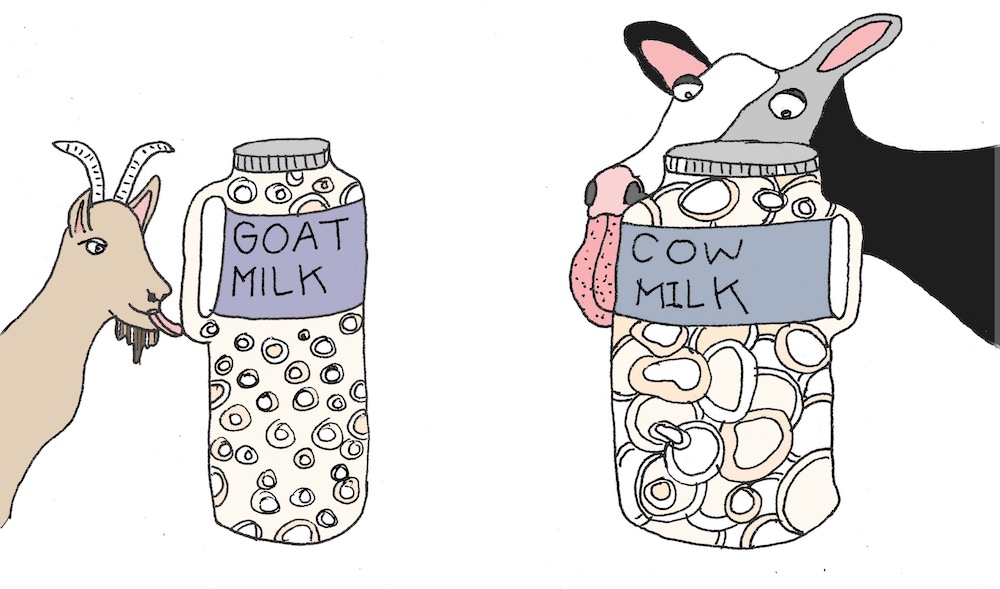A jackfruit is an Asian tropical fruit that is famous for its distinct shape and size. It is rich in energy and a number of nutrients like minerals, fiber, and vitamins, among others. This fruit belongs to the same family as mulberry, figs, and breadfruit. Its scientific name says it all: Artcarus heterophyllous. The jackfruit tree is huge and grows to a height of approximately thirty meters (30 M). Historically, it specifically grew in the tropics of India, Malaysia, and Thailand, among other places. This tree flourishes in rainy and tropically humid conditions. It is the largest tree-borne fruit in existence. This is because it bores an average of two hundred and fifty (250) fruits in a single season.
This seasonal summer fruit might just be the ticket out of impending starvation. Due to the global warming scenario across the globe, this fruit proves to be a survival ticket. It will survive the impending harsh weather conditions. This seasonal fruit is imported from tropical areas and sold in Caribbean and Asian stores in the United States specifically Florida. They take about three to eight weeks to germinate. However, you can speed it up by soaking the seeds for twenty-four hours (24 Hours) in water. As they mature, they start producing fruits within the first three to four years. They are long lasting plants as they have a lifespan of up to one hundred years old (100 Years old). The productivity of the tree decline as it ages.
Physical Features of a Jackfruit
- Weighs approximately between three to thirty kilograms
- It round or sometimes oblong in shape
- Green when not ripe
- Ripens to a light brown color
- It is covered in spikes which soften as it ripens
- Its insides contain edible bulbs that are of an orange-yellow color
- A single fruit contains about fifty to five hundred bulbs (50-500 bulbs)
- Its seed is light brown in color
- Each seed is about one to three centimeters thick (1-3 CM) and two to four centimeters long (2-4 CM)
- Has a strong sweet and fruity smell
- Measures an average length and diameter of ten to sixty centimeters (10-60 CM) and twenty-five to seventy-five centimeters (25-75 CM) respectively
Health Benefits of a Jackfruit
A jackfruit contains numerous benefits both economically and health wise. It is grown for its seeds, wood and nutritional benefits.
- It is rich in fiber, making it a bulky laxative. It aids in constipation prevention and protects the colon mucus membrane. The mucus membrane eliminates any cancerous chemicals from the colon and binds to the membrane as a form of protection.
- It is a naturally vegan fruit. It does not contain any gluten dairy components and is not a genetically modified organism.
- It is rich in calories. An estimate of just a hundred grams of this frit contains about ninety-five calories. These calories contain simple sugars such as sucrose, glucose, galactose and fructose. This makes it have energy giving properties that work almost immediately.
- It contains an antioxidant form of vitamin c. This helps the body develop a form of resistance against infection causing agents and dangerous free radicals.
- The seeds are rich in minerals, protein and digestible starch
- The leaves of the jackfruit are a nutritious source of food for farm animals like goats and cows
- The tree produces a glue like substance form a sticky latex secretion found on the bark of the trees
- Its wood is high quality and mainly produces furniture and musical instruments
- A jackfruit is one of the few fruits that contain a group of vitamins with B-complex. It has large amounts of riboflavin, vitamin B6, folic acid and niacin.
- Has small but sufficient amount of flavonoid pigments and vitamin A. These supplement each other and work together to aid in vision improving and antioxidant functions. Vitamin A helps in maintaining the skin and the mucus membranes of the body. It also aids in protection from oral cavity cancers and lung cancer.
- It aids in controlling and maintaining body and cell fluids, which are responsible for regulating blood pressure and the heart rate. This is through the presence of potassium. Additionally, the jackfruit also contains iron, magnesium, and manganese.
How Is A Jackfruit Stored?
A jackfruit is big enough to feed an entire family in a single meal. This makes it a cheap fruit especially in tropical regions where it is bound to grow. In fact, in India where it grows largely, it is not quite popular. It is branded the ‘poor man’s fruit’. People have designed various ways of preparing a jackfruit. Jackfruit recipes urge drying, juicing and frying the fruit. Barbequing a jackfruit is also possible.
However, this fruit is susceptible to going bad, because its quality deteriorates faster after ripening. A jackfruit ripens off the tree to become a light brown color. When you purchase it for future use, ensure that it mildly yields to thumb pressure. Once it ripens, store it through removing its bulbs and storing them in the refrigerator. Some people also opt to use can storage and even dry the fruit into chips for future use. The jackfruit is freezable and is thus able to be stored through freezing it into popsicles.
As you partake in the jackfruit it is worth noting that, if consumed in large amounts it becomes detrimental to the body. This is a leading reason for its unpopularity in India. Excessive consumption of the raw unripe fruit causes digestive tract diseases and conditions. In its unripe form, the jackfruit contains a trypsin inhibitor. This makes its seeds not digestible thus sparking digestive diseases. The unripe and raw fruit is not digestible. While excess consumption of the ripened fruit can cause severe diarrhea due to its laxative nature. The trypsin inhibitor is only destroyable when the jackfruit experiences excess heat. This could be through baking, boiling, frying, barbecuing, among other methods.



